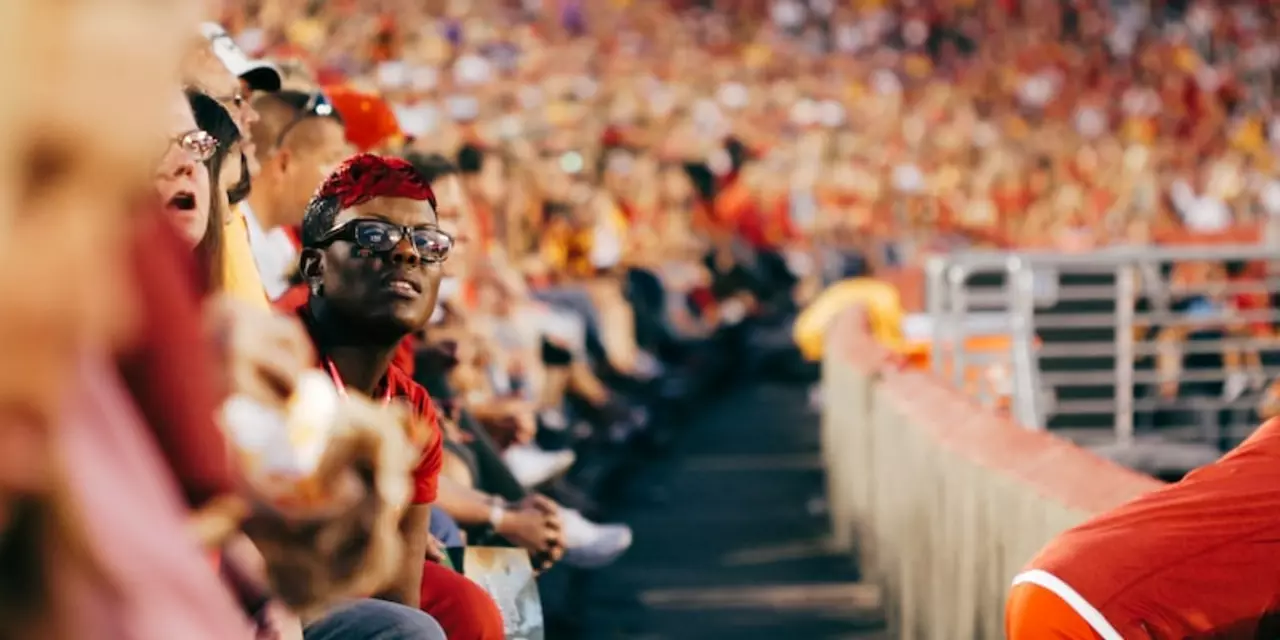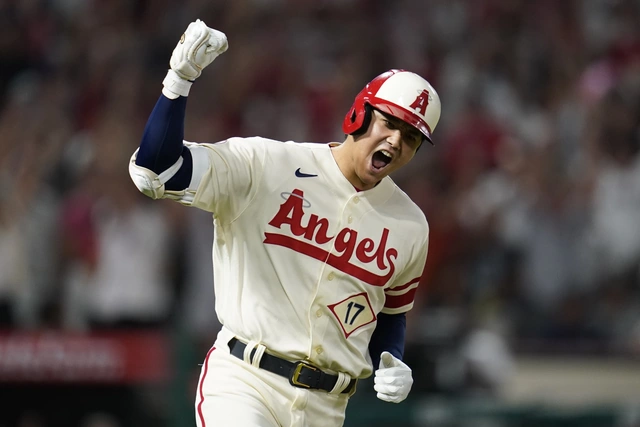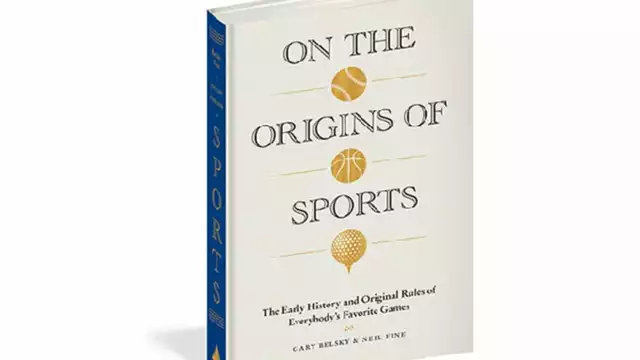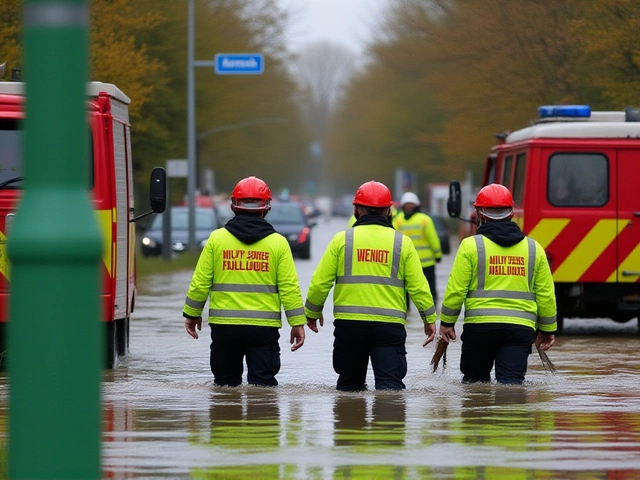College Football
When you talk about college football, the American university sport where teams compete under NCAA rules. Also known as college gridiron, it blends campus life with high‑octane competition.
The NCAA, the governing body that organizes divisions and sets eligibility rules oversees the leagues, schedules and championship games. Student‑athletes, players who juggle classes, practices, and game days are the heart of the sport, and many chase scholarships, financial aid tied to athletic performance that can cover tuition and living costs. Games often unfold in massive college stadiums, venues that seat tens of thousands and become weekend rituals for fans.
College football brings together students, alumni, and local businesses, turning Saturdays into economic boosts for towns. Recruiters scout high school talent, using scholarships as incentives, while coaches handle the pressure of winning and maintaining academic standards. The sport also feeds media coverage, from live streams to campus radio, giving fans multiple ways to follow their teams.
The history of college football dates back to the late 1800s, when a handful of schools played a rough version of rugby on muddy fields. Over the decades, the game split into Division I, II, and III, each with its own balance of competition and scholarship opportunities. Today, Division I’s Power Five conferences—Big Ten, SEC, ACC, Pac‑12, and Big 12—draw national TV audiences, while smaller schools still deliver passionate regional rivalries.
Fans create traditions that turn stadiums into living rooms for the whole campus. Tailgate parties, marching bands, and fight songs are as much a part of the experience as the touchdowns. In Oxfordshire, local pubs often host viewing parties when big games hit the national schedule, linking the community’s love of sport with the college scene.
If you’re after the latest college football updates, you’ve come to the right place. Below you’ll find a mix of articles that touch on the excitement of game days, the challenges student‑athletes face, and the broader impact of college football on education and community life. Whether you’re a die‑hard fan, a player, or just curious about how the sport fits into the Oxfordshire scene, the list offers practical insights and fresh perspectives.
What to Expect from This Collection
Our curated posts cover everything from game‑day atmosphere and recruitment mechanics to scholarship realities and stadium economics. Dive in to discover stories that blend on‑field action with off‑field impact, giving you a well‑rounded view of the sport.
Let’s jump into the stories below.
Do losing College Football programs have any shot at the top 4?

The article examines the possibility of schools with losing college football programs to make it into the top four. It argues that although such schools face an uphill battle and must overcome a number of obstacles, it is still possible to achieve success. The article discusses the importance of recruiting top players, developing a strong coaching staff and cultivating a winning culture in order to increase the chances of success. It also highlights the importance of financial support and strong leadership in order to help create a winning environment. Ultimately, the article concludes that while it is possible for a school with a losing college football program to make it into the top four, it is an incredibly difficult task and requires a lot of hard work and dedication.
Categories
RECENT POSTS
When will Shohei Ohtani become a free agent?
Shohei Ohtani is a two-way baseball player for the Los Angeles Angels who is set to become a free agent in the fall of 2021. He is currently under contract with the Angels until then, and cannot be signed by another team until that point. However, teams can negotiate with Ohtani's representatives prior to the free-agency period, as teams are allowed to negotiate with players who have three or more years of MLB service. Ohtani is expected to be one of the most sought-after free agents next year, and could potentially receive a large contract from a team looking to sign him.
Can someone name sports and their originated countries?
As a sports enthusiast, I've always been curious about the origins of various sports and where they were first played. After doing some research, I discovered that basketball was invented in the United States, soccer (or football) traces back to England, and table tennis, also known as ping pong, originated in Victorian England. Moreover, the modern version of badminton comes from India, while sumo wrestling has a long history in Japan. It's truly fascinating to see how sports have evolved and spread across the globe, bringing people together through the spirit of competition and camaraderie.
UK Clocks Jump Forward March 30, 2025 – British Summer Time Begins
The UK shifts to British Summer Time on 30 March 2025 and reverts on 26 October, affecting millions. History, impact and future plans explained.
Do losing College Football programs have any shot at the top 4?
The article examines the possibility of schools with losing college football programs to make it into the top four. It argues that although such schools face an uphill battle and must overcome a number of obstacles, it is still possible to achieve success. The article discusses the importance of recruiting top players, developing a strong coaching staff and cultivating a winning culture in order to increase the chances of success. It also highlights the importance of financial support and strong leadership in order to help create a winning environment. Ultimately, the article concludes that while it is possible for a school with a losing college football program to make it into the top four, it is an incredibly difficult task and requires a lot of hard work and dedication.
Storm Claudia Floods Monmouth, Wales, Closing Roads and Schools Amid Emergency Operations
Storm Claudia triggered severe flooding in Monmouth, Wales, forcing school closures and road shutdowns as Monmouthshire County Council warned residents to avoid the town. Aerial footage confirmed the town was underwater, with landslides and bridge failures complicating emergency response.




